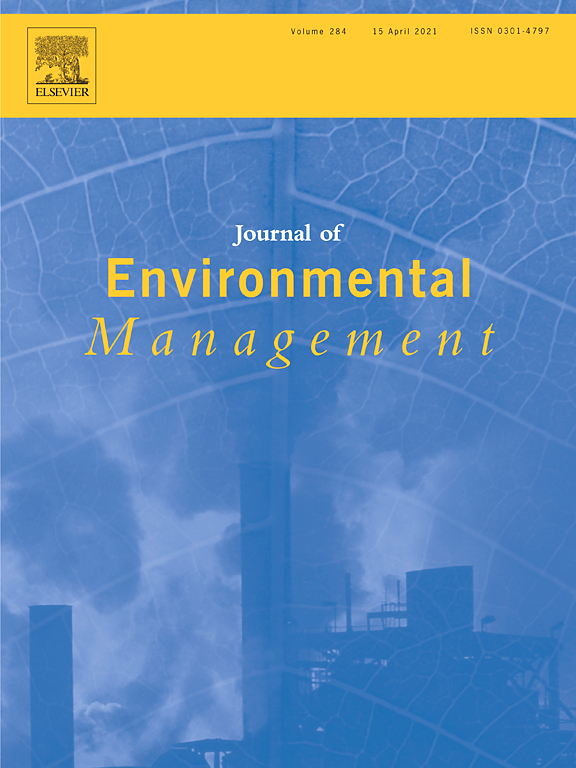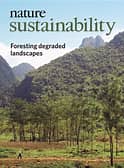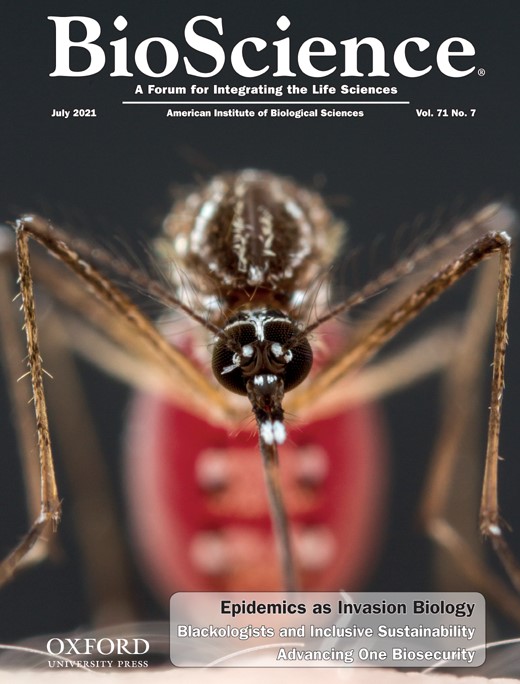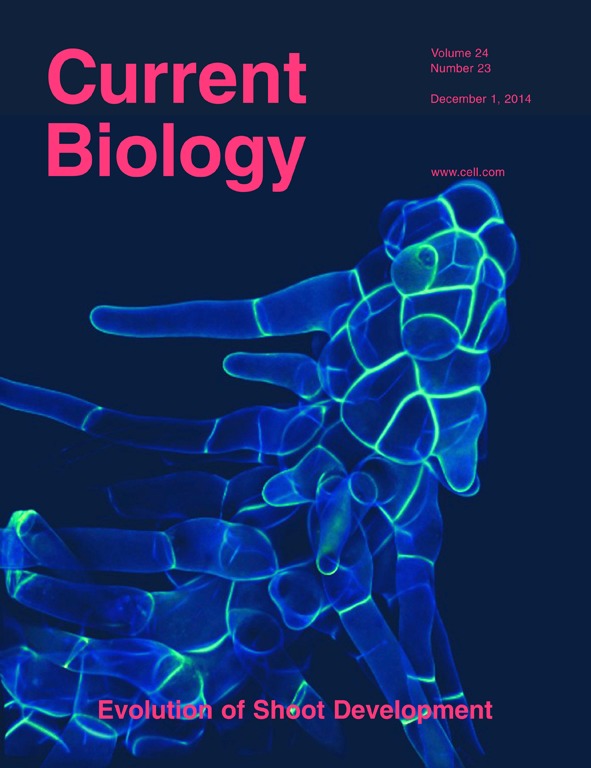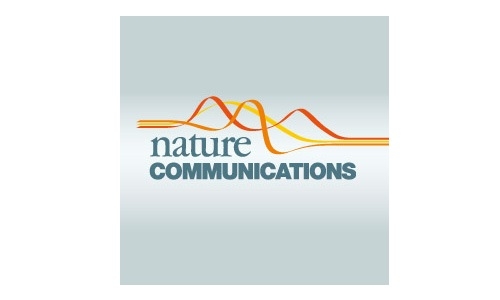- Department:(Dept. 4) Fish Biology, Fisheries and Aquaculture
A global systematic map of knowledge of inland commercial navigation effects on freshwater ecosystems
The authors conducted a systematic mapping of the published literature (1908–2021) to provide a global synthesis of the effects of inland navigation on the biotic and abiotic components of freshwater ecosystems. Inland navigation impacts rivers through shipping, infrastructure, and waterway management, causing direct (e.g., waves) and indirect effects (habitat loss, invasions).
Freshwater megafauna shape ecosystems and facilitate restoration
This is a review, synthesizing how megafauna shape ecological processes in freshwater ecosystems and discussing their potential for enhancing ecosystem restoration. Restoring freshwater megafauna can revive essential ecological processes like disturbances, trophic cascades, and species dispersal, boosting biodiversity and enhancing nature's contributions to people.
Recreational killing of wild animals can foster environmental stewardship
The authors add a new perspective to the topic of "recreational use of wild animals". The hypothesis is that an emotionally intense interaction between hunters / anglers and wild animals can create a particularly strong sense of responsibility, described as "environmental stewardship". This in turn would be an incentive for many to commit to lifelong environmental and species protection action.
Fish habitat models for a future of novel riverscapes
The authors introduce the concept of novel river landscapes, the limitations of current fish habitat models and opportunities for new models. They outline 3 priority data-driven opportunities that incorporate the novel riverscape concept: fish movement, river behavior, and drivers of novelty that all are integrated into a scale-based framework to guide the development of new models.
The global extent and severity of operational interactions between conflicting pinnipeds and fisheries
Conservation efforts have led to the recovery of pinnipeds populations worldwide after decades of intensive hunting and culls. However, this positive development has led to conflicts with fisheries, particularly small-scale fisheries. They are almost three times more likely to come into conflict with seals, sea lions and walruses, and lose four times more of their catch than larger fisheries.
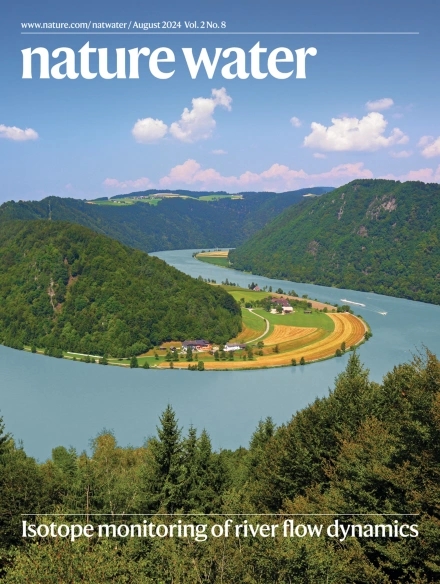
Mixtures of organic micropollutants exacerbated in vitro neurotoxicity of prymnesins and contributed to aquatic toxicity during a toxic algal bloom
This study investigated how organic micropollutants and the algal toxins prymnesins interact as mixtures in water extracts from the Oder River using neurotoxic effects on human nerve cells in vitro. The authors showed that prymnesins dominate the neurotoxic effects, but many of the detected organic micropollutants exacerbate the lethal effect of prymnesins.
The haplotype-resolved Prymnesium parvum (type B) microalga genome reveals the genetic basis of its fish-killing toxins
The research team has sequenced the complete genome of the microalga from the the Oder disaster 2022 in order to identify future risk factors under which the alga multiplies and produces its toxin. They were able to identify the gene sequences that encode the toxins an important step toward an early warning system.
A candidate sex determination locus in amphibians which evolved by structural variation between X- and Y-chromosomes
The authors have identified a gene locus responsible for sex determination in the European green toad. This reveals only the second known genetic mechanism for sex differentiation in amphibians.

Inland navigation and land use interact to impact European freshwater biodiversity
Using a comprehensive set of long-term data, the authors show that shipping has contributed to a significant loss of biodiversity of fish and macroinvertebrates in European rivers in recent decades – and that the animal communities are becoming increasingly homogeneous and river-typical species are being lost. Invasive species, on the other hand, are significantly increasing.
Inland recreational fisheries contribute nutritional benefits and economic value but are vulnerable to climate change
The research team estimates that recreational fishing in lakes and rivers accounts for more than 11 per cent of the annually reported catches in inland fisheries worldwide. The analyzed total consumption value of harvested fish is around 10 billion US dollars per year. Due to climate change and direct human impacts on freshwater ecosystems, the productivity of important fish species is declining.


